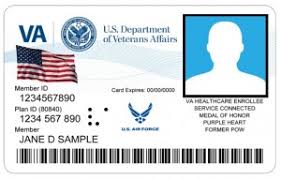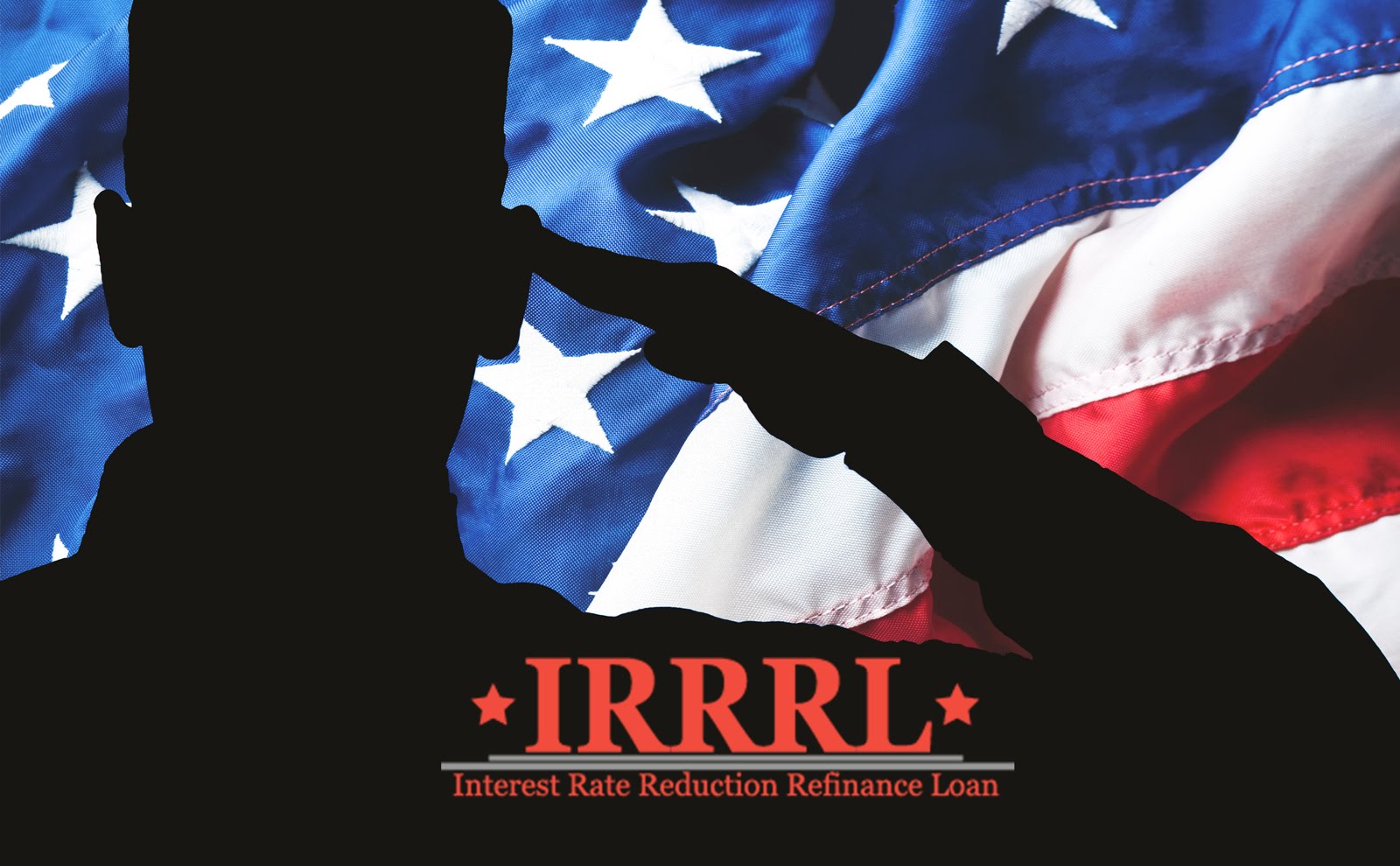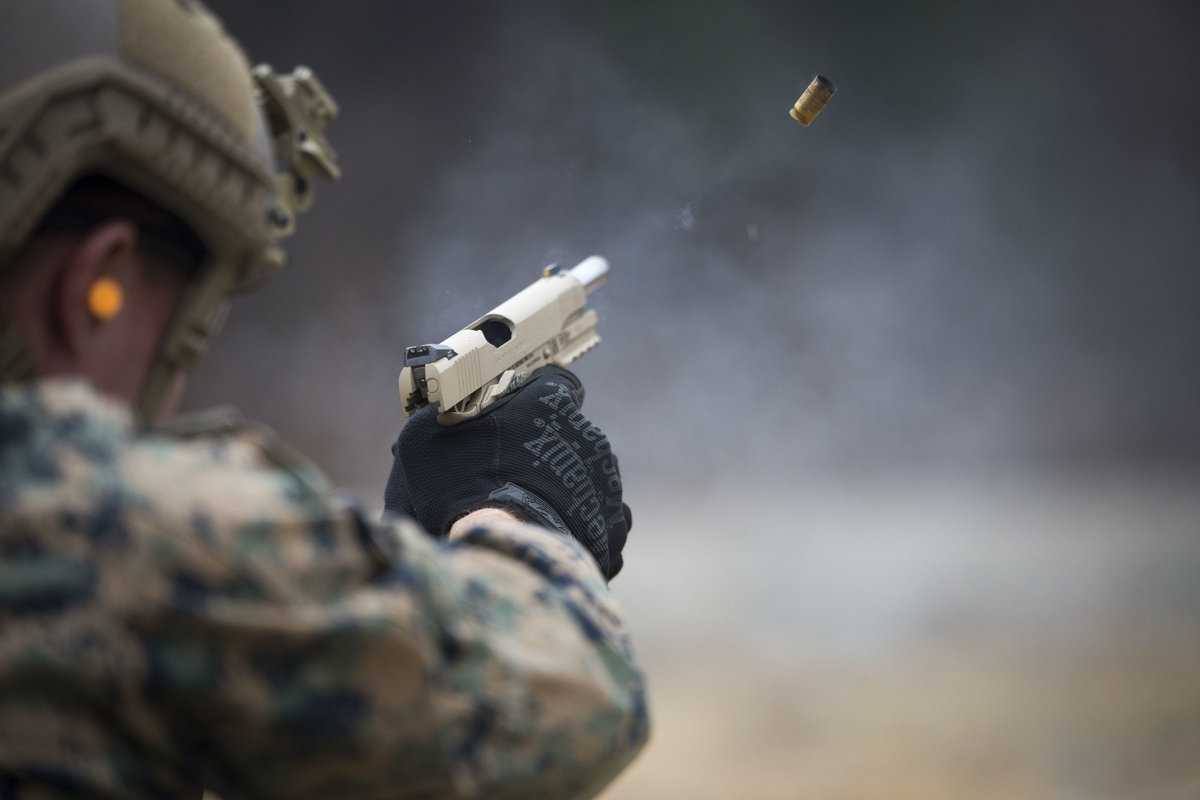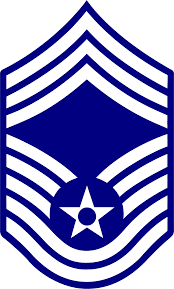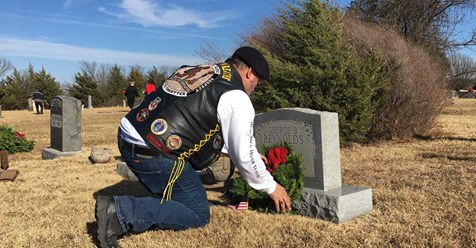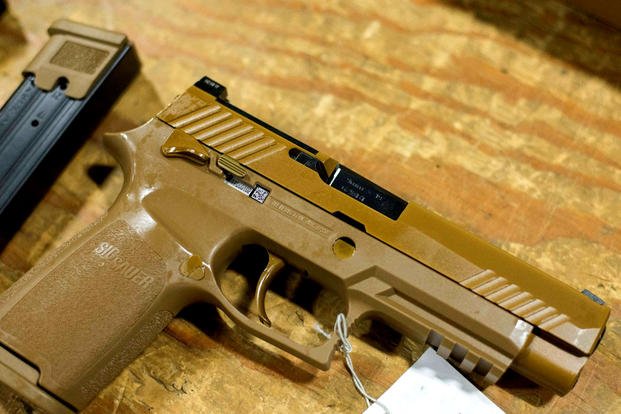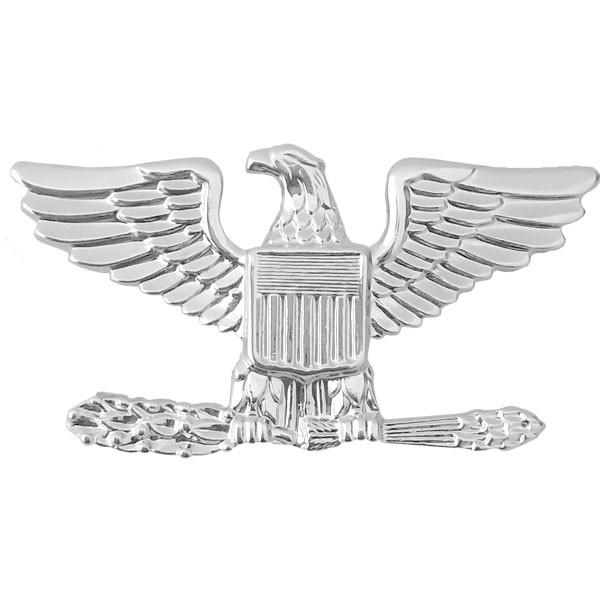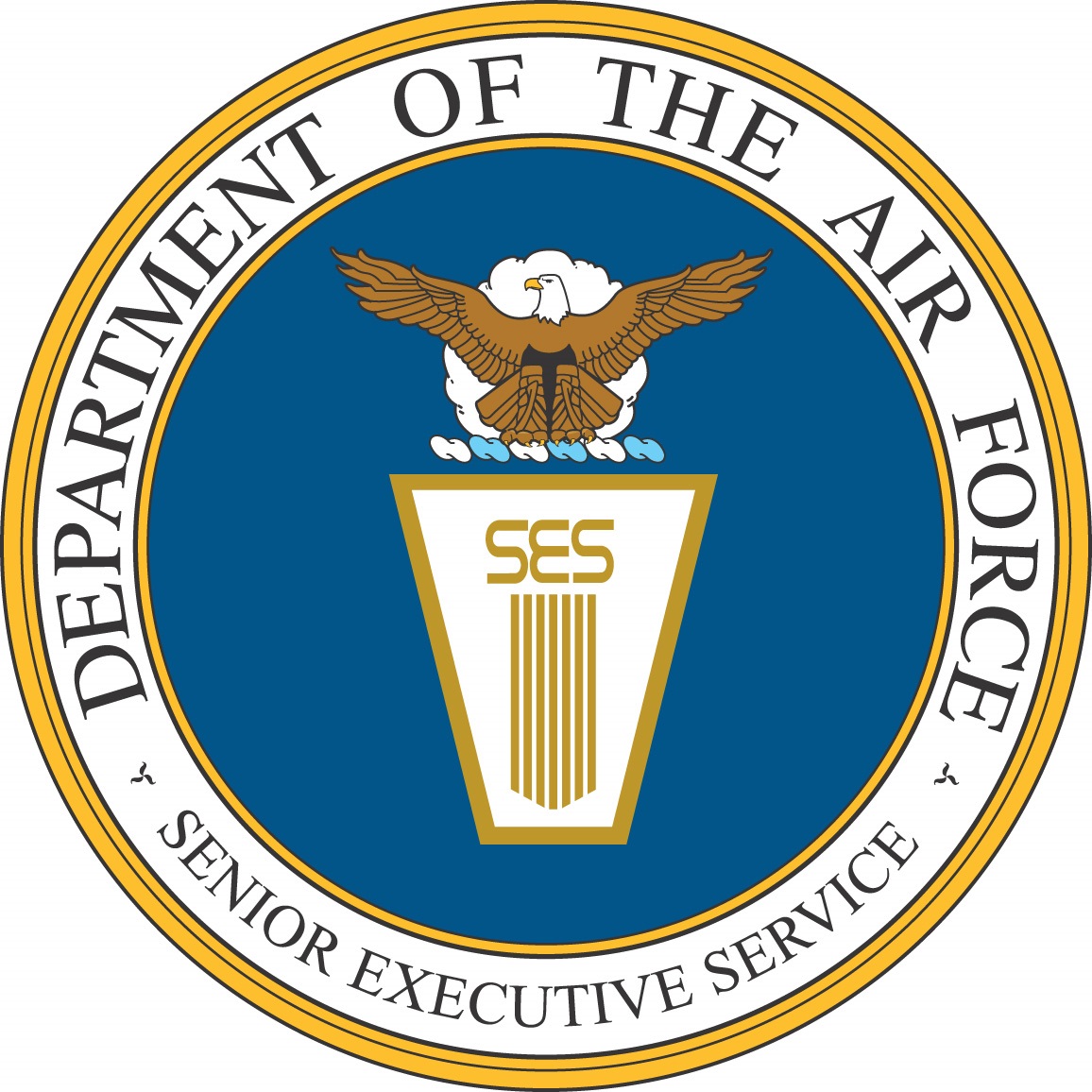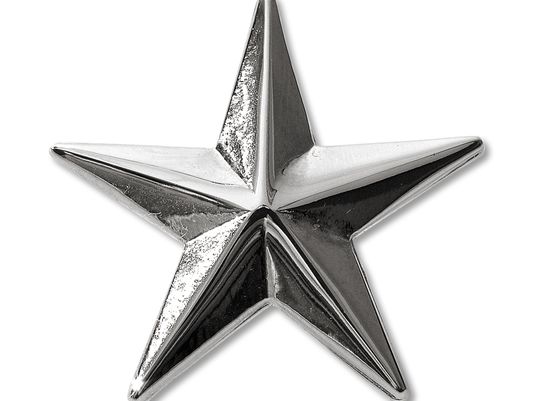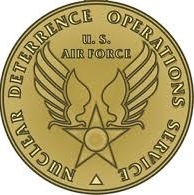What We Hold Sacred
By BGen Andrea Tullos

This year’s annual gathering was a great time to celebrate our 20th Anniversary as “Defenders” and to reflect on our heritage. When Chief Hartz and I visit our Defenders in the field, they are proud to show us what’s “new” and “innovative,” and they should be. Many of these things speak to how we deliver our capabilities, not necessarily what we deliver as the Air Force’s ground force. What Chief Hartz and I always circle back on are those things that really have not changed much since we became a separate Service in 1947, and that we have a responsibility to preserve across the generations of Air Force Security Forces. We’re talking about what we hold sacred; those distinctive activities or characteristics that separate us from every other Air Force Specialty Code—what makes us Defenders. Things that every single Airman who has ever worn the badge and beret, whether they were Air Police, Security Police, Security Forces, or “Defenders” would recognize with a smile, a nod, a story, a “huah,” or perhaps a more colorful phrase. The list is not finite and I present it in no priority order, but here are a few things Chief Hartz and I agree we hold sacred, and should continue to do so, if we are to uphold our proud legacy as Defenders.
Guardmount. The words “fall in” should hold special meaning for all of us, and I don’t care how large or how small your flight is or was, guardmount is fundamental to what we do and who we are. It’s when your leadership looks you square in the eye and ensures you are fit for duty. It’s where we deliver the pass-ons, the daily task orders, the weapons, vehicle, and ground safety briefing, and conduct some quick refresher training. We start our day with a military formation, an inspection, and an opportunity to take stock of each other and the tasks before us. Without guardmount, we would not have the dreaded radio call – “remount.” Some of you are cringing just to read those words – I join you. I don’t care what MAJCOM you are in, how you execute your base defense mission, your shift schedule, or what you believe makes your unit “different” – if your flights aren’t conducting guardmount, I don’t believe your Defenders are developing a full appreciation for what we must hold sacred.
Small arms expertise. I’m not just talking about our Combat Arms specialists. I’m talking to every Defender of every rank and skill level. We are the only Airmen who bear arms every day not merely to train, but to conduct the operations associated with our integrated defense mission. While we welcome the support of those who consistently partner with us – maintainers, engineers, AFOSI, and the occasional base augmentee—we should never compromise on our weapons training standards, our efforts to gain and maintain proficiency in our primary weapons, and our basic knowledge of how to employ every lethal weapon in our inventory. We have been forced to make difficult decisions over the past two decades of under-resourcing, and we are committed to restoring all the resources our Commanders, Readiness Training Centers, and our school house need to ensure that we will never compromise when it comes to ensuring our Defenders are fully qualified, have the proper foundational training to develop proficiency, and are confident in their ability to effectively employ their weapons. The same holds true for how we train and prepare our Combat Arms instructors – there will be no compromise. We ask our Defenders to employ deadly force when necessary, and our highest training priority must be to take every possible step to prepare them to respond effectively and appropriately should those circumstances arise.
We are an all-weather, day/night force. When the installation commander issues the order “mission essential personnel only report for duty” is there ever a question in our minds? Does it matter whether it’s snow, a hurricane, lightning within five miles, a major power or communication outage, or the threat of an attack? Not for us – the Air Force and our joint and coalition partners count on us to be there. We take what precautions we can, and we Defender on. There’s no such thing as too cold or too hot and I tell every Commander, Chief, and leader I come across of any rank – don’t you dare tell me your mission failed because your comm went out – re-learn the art of sending a runner. The enemy doesn’t care that the server is down and your cell phone is not “C2.” We have better night vision capabilities than ever. Our day shift should be just as proficient with those systems as our night shift, and our night shift should be just as capable of managing the daily task orders on day shift. If this makes you think for a minute that it may not be true in your unit, then do something about it. When power goes out and comms go down, we should smile, because when some other units on the base are at a standstill, we should be at a tactical advantage.
Dress and appearance. This is not just about getting on someone for how they wear their beret. This goes back to Flight Chiefs giving someone an EFD for the best shine on their boots and creases in their uniform at guardmount. This is about every higher headquarters wanting their Defenders to wear ascots with their MAJCOM patch to give their visitors a first impression reminiscent of a recruiting poster. It’s why the current Commander of the Air Force Honor Guard is a Defender, as has been the case multiple times in the past, and why the Air Force Honor Guard itself is littered with Defenders. It’s why every Wing Command Chief wants their Base Honor Guard to have a Defender as NCOIC. We pride ourselves on our dress and appearance, and we should. We are every Wing Commander’s Ambassadors at the entry control points – the face of the Air Force to the public. At the same time it says “we know how to properly wear a uniform” it also says – “don’t mess with us, we have our act together.”
Post briefings. I challenge you to find a credible source (documentation, not oral history) of where the Security Forces post briefing originated. Some say it goes back to the Roman legions, when Commanders conducted what we now call battlefield circulation and they came upon a sentry at a remote outpost. Some say they started with the pickets soldiers set up in the Civil War, the Revolutionary War, or in medieval times when knights stood guard at their Lord’s castle. Like most things unattributed in our Air Force, let’s just say General Curtis LeMay gave the order and call it good. Regardless of where you think the post briefing came from, it’s ours. We own it, no one else. And today, I could argue (and I do) it serves as useful a purpose as ever. Today’s generation of text messaging, snap-chatting, cyber savvy Airmen are more comfortable on line than in person. De-escalation at the scene of a domestic, in a visitor’s center, or while making an unwanted traffic stop (is there any other kind?) can’t effectively be done via instant message. We need Defenders who can confidently state who they are, what their mission is, and the means they have to get it done while under some level of pressure. If they can deliver a basic post briefing, my level of confidence in their ability to win a round of verbal judo rises. Vomit on their boots then struggle to get their name out and I’m worried. Airmen first to master the post briefing are likely good candidates for ratello. There are reasons behind why we give post briefings, and those reasons are not just important to what we do, but to who we are.
I could go on, but that would take away from tomorrow’s discussion around the water cooler. We want to know what you think we need to hold sacred – send your thoughts.
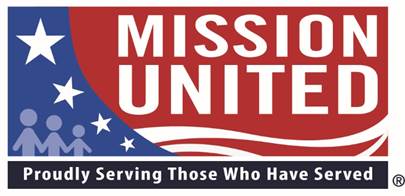
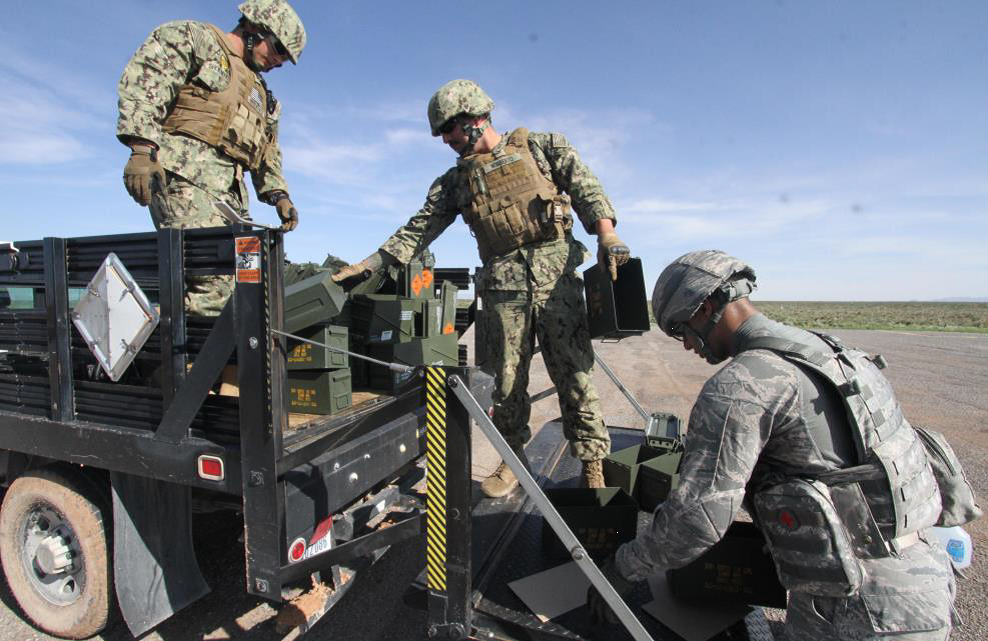

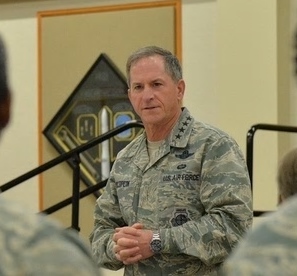
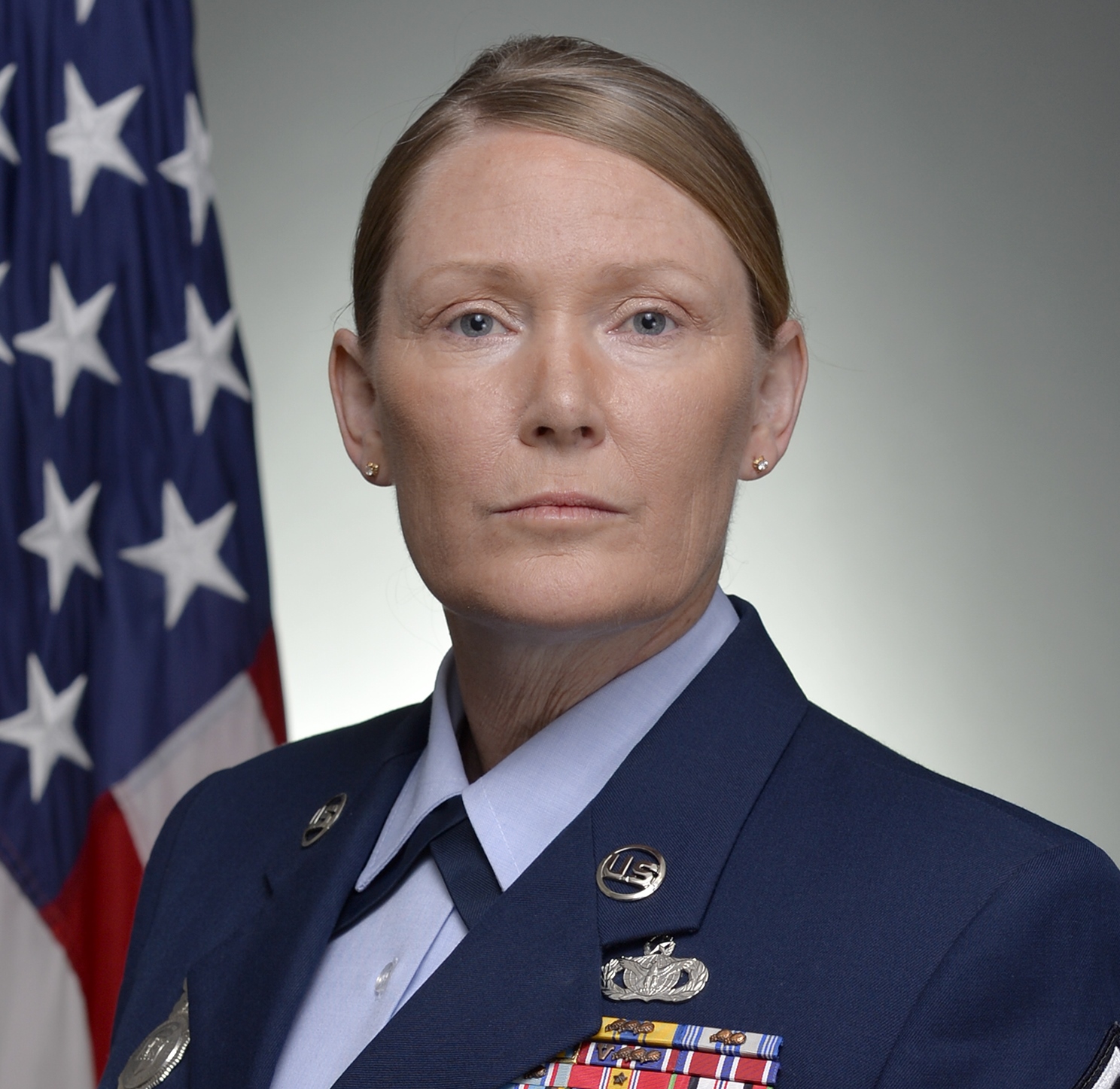 In the last few months I have been fortunate enough to be surrounded by all the generations of our career field. In August the Security Forces World Wide Symposium brought Commanders and Security Forces Managers together to discuss the future, remember the past, and celebrate 20 years of being Defenders. The commitment and drive that our Squadron leadership has toward making the lives of our Defenders better was unmistakable throughout the event. The General delivered her intent and priorities, gave the career field direction and aimed our efforts toward future accomplishments. Walking out of this event there was optimism, plus anytime you have more than 250 Security Forces members in one place it is sure to be moving.
In the last few months I have been fortunate enough to be surrounded by all the generations of our career field. In August the Security Forces World Wide Symposium brought Commanders and Security Forces Managers together to discuss the future, remember the past, and celebrate 20 years of being Defenders. The commitment and drive that our Squadron leadership has toward making the lives of our Defenders better was unmistakable throughout the event. The General delivered her intent and priorities, gave the career field direction and aimed our efforts toward future accomplishments. Walking out of this event there was optimism, plus anytime you have more than 250 Security Forces members in one place it is sure to be moving.